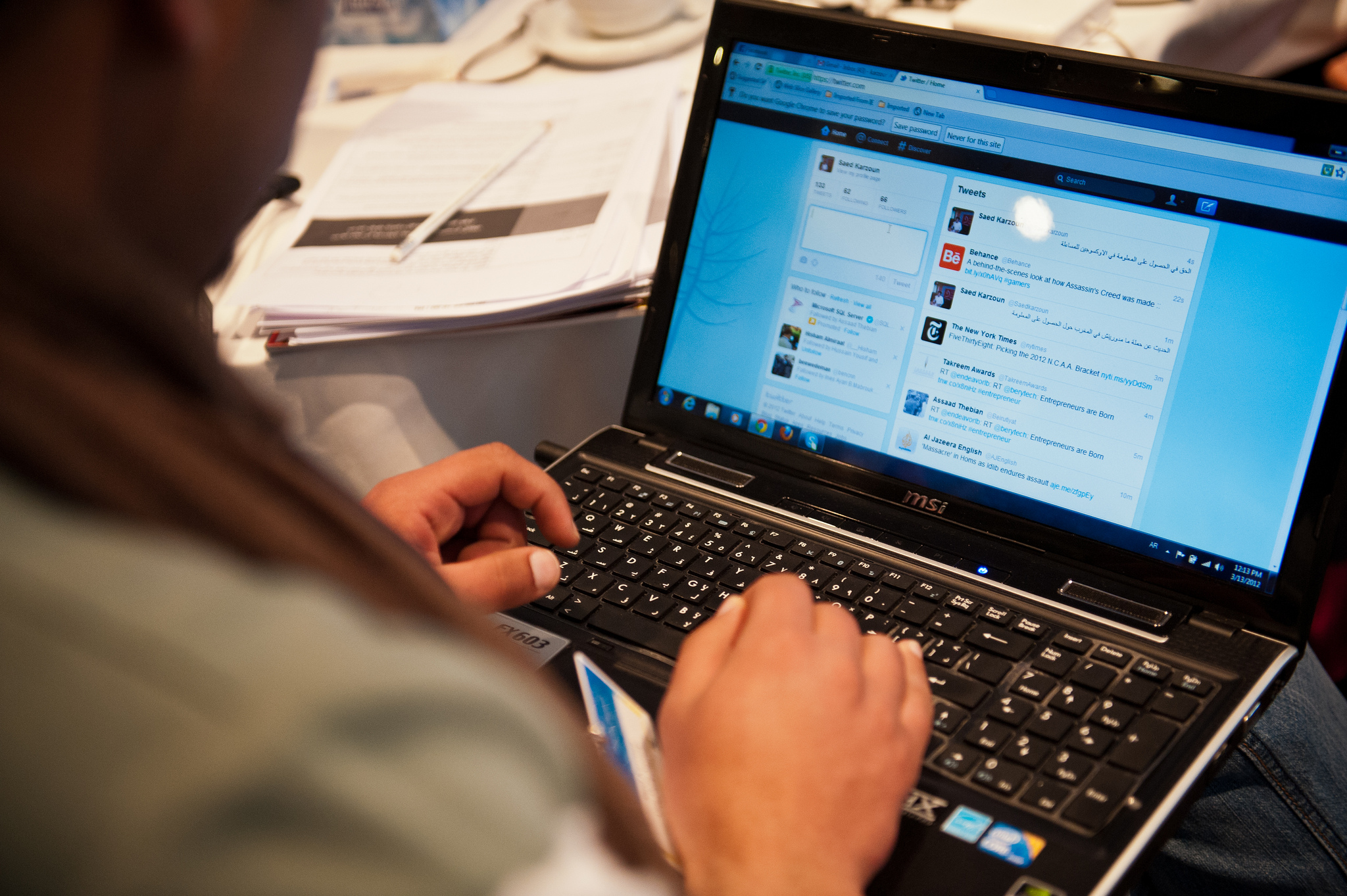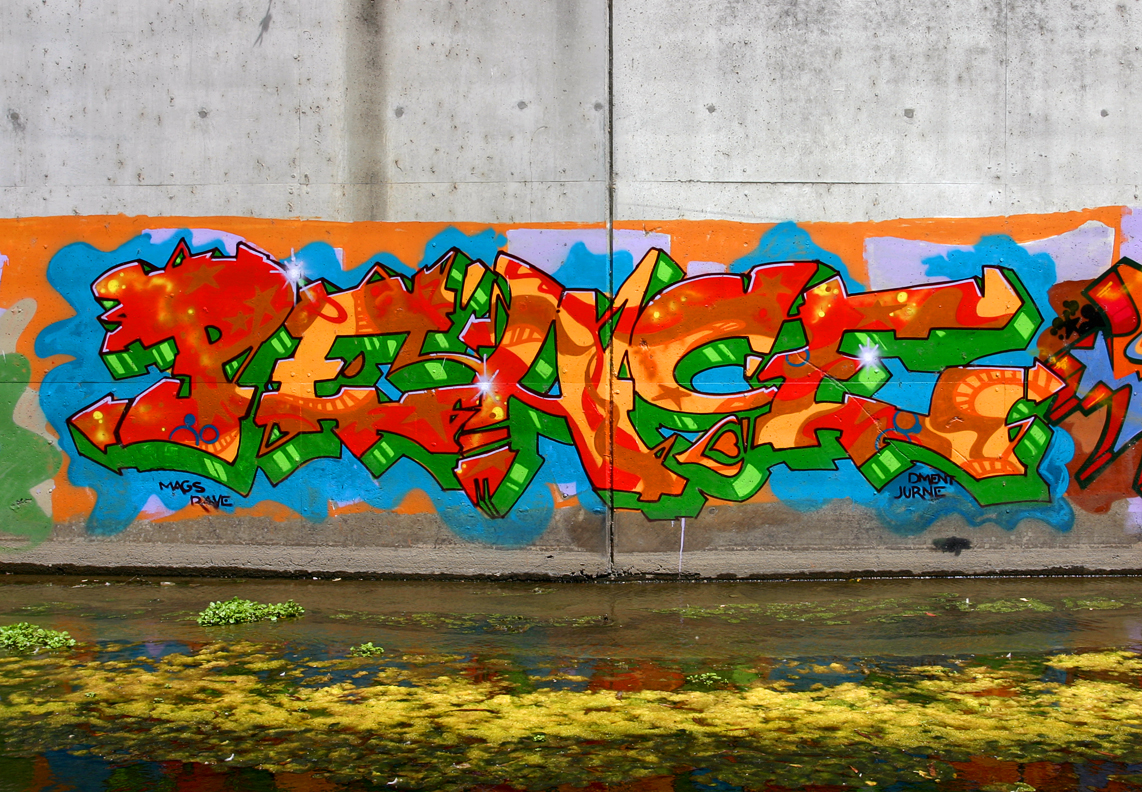On Feb. 4, 2010 Maria Nucci sued Target for the injury she sustained while working at the store. However, when Target requested access to her social media account, Nucci objected. As a result, 36 photos were deleted two days later. However, the Fourth District Court of Appeals for the State of Florida granted Target’s motion with respect to all photographs on the Facebook page that included Nucci. She argued she had a right to privacy, but the judges used that very argument against her.
“Because ‘information that an individual shares through social networking websites like Facebook may be copied and disseminated by another,’ the expectation that such information is private, in the traditional sense of the word, is not a reasonable one,” the panel ruled, partially quoting another Florida case. It also added, “Before the right to privacy attaches, there must exist a legitimate expectation of privacy.”
Using social media in court cases continues to skyrocket. It has been used about 80% of the time. According to John Facciola, the information has to be collected. Second, they have to sorted out into what the attorney needs and does not need. Courts are still trying to figure out what to do with social media in discovery and the privacy rights of those whose profiles are in question. This past year, the arguing has centered on two main issues: authentication, and where the expectation of privacy stops.
Social media is notorious for one particular thing: you don’t have to be who you say you are online. This is demonstrated in parody Twitter accounts and multiple Linkedin profiles. State courts have different standards on the authentication of social media. For example, the Maryland standard is that “the judge had to be ‘convinced’ that a social media post wasn’t falsified or created by another user. On the other hand, the Texas approach stipulated that any evidence could be used “as long as the proponent of the evidence can demonstrate to the judge that a jury can reasonably find that evidence to be authentic.” In United States vs. Vayner, Aliaksandr Zhyltsou accused Vladyslav Timku of providing a forged birth certificate for an imaginary infant daughter to avoid compulsory military service in Ukraine. The key piece of evidence was in the defendant’s social media account. However, the federal agent could not provide authenticity. As a result, Maryland revisited their standard and deemed that the judge has to identify which evidence would be sufficient. In other words, the judge has to determine that “there is proof from which a reasonable juror could find that the evidence is what the proponent is claiming.”
Article via Legaltech News , November 2, 2015
Photo: Affiliated Network for Social Accountability- Arab World via World Bank Photo Collection [Creative Commons Attribution-NonCommercial-NoDerivs]


